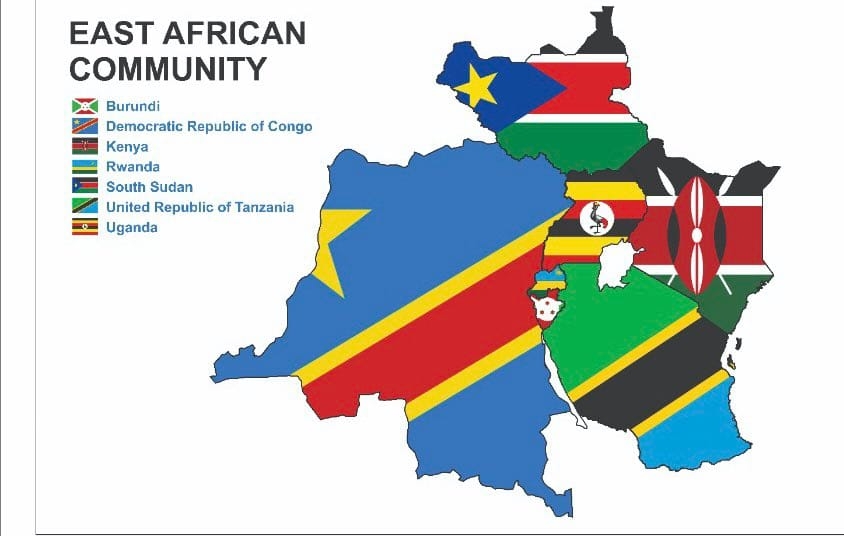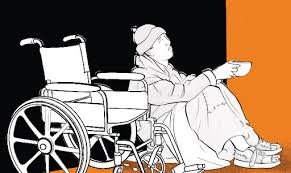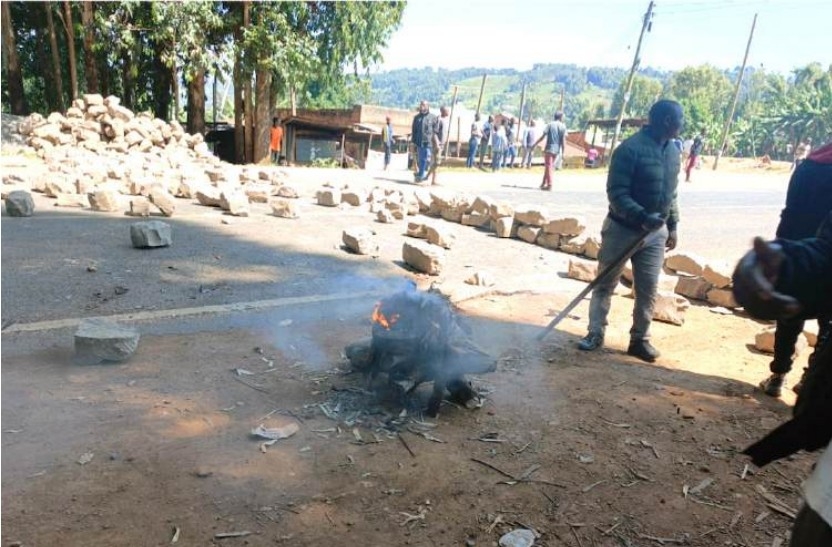 WRI Country Representative for Kenya and the Head of Air Quality for WRI Africa George Mwaniki speaking during the Clean-Air forum 2025 at Safari Park hotel, Nairobi, on July 15, 2025/LEAH MUKANGAI
WRI Country Representative for Kenya and the Head of Air Quality for WRI Africa George Mwaniki speaking during the Clean-Air forum 2025 at Safari Park hotel, Nairobi, on July 15, 2025/LEAH MUKANGAI
The transport sector and hospital waste have been ranked as the leading air pollutants in many African cities.
World Resources Institute Country Representative for Kenya and the Head of Air Quality George Mwaniki said emissions from vehicles have a huge impact on air quality.
Speaking on Tuesday during the Clean-Air Forum in Nairobi, Mwaniki said Transport sector is followed by solid waste as the major source of air pollution.
“For most African cities, the number one source of air pollution is actually transport. I'm very sure you don't have to be told that transport is a major issue,” Mwaniki said.
“If you stand next to a major road, you'll see the kind of emissions coming from vehicles. That is the number one source of pollutants in African cities.”
In Nairobi, Mwaniki said open burning of waste is huge, especially hospital waste. This, he said, has more implications beyond air pollution.
“It raises issues of potential antibiotics. If you're burning medicine, there are issues on how that affects antibiotic resistance in the environment. And also, it's actually quite not very nice when you learn that what you're breathing was somebody's limb that was cut somewhere,” he added.
Mwaniki said the issues are being looked deeper into, and they are realising some of the things they never thought were a big issue in the air pollution space are big issues that go beyond air pollution.
He added that the issues are urgent and need to be addressed soon before they spiral out of hand.
Mwaniki said they are collaborating with the Nairobi City County and working closely with UNEP to prioritise air pollution as one of the areas needed to be tackled.
“In Kenya, there's a big initiative to do that shift, especially for two and three wheelers. For two and three wheelers, those are some of the biggest polluters in our cities. In Uganda, you're seeing the same,” he said.
“We are seeing the same in Rwanda and other parts of the continent.”
He said the countries need to address vehicle emissions, adding that it is unlikely to see a vehicle made in the 1980s still on the road.
“If you're driving behind it or walking behind it, it emits some very serious black soot. We have to think about how do we also support vehicle owners to kind of do that transition. We have to think about fuel.”
Mwaniki said Kenya has clean or the air quality regulations that were gazetted by NEMA in 2014.
He said they were reviewed last year anad Nairobi has been working to develop a city-specific air quality regulation.
“The Act has passed. We have our air quality policy at the city level. Now it's moving to regulations.”
“Once we do the regulations, then we start the enforcement, and then we see whether that is leading to any improvement.”
Mwaniki said currently, Nairobi had around 36 air quality monitoring stations across the city.
Some of them are local sensors while others are cutting-edge or state-of-the-art monitoring stations.
He said the move has started with Nairobi because it is the most polluted city in terms of air pollution in the country. However, it will be soon extended Nakuru, Kisumu, and Mombasa.
“We started with Nairobi. Nairobi, you have to admit, is one of the most complex cities to kind of address those issues. If you're able to do it in Nairobi, then the other cities should be easier, and we can take some of the lessons from Nairobi to other cities,” Mwaniki said.
“But that doesn't mean nothing is happening in those four
other cities. We have already established a couple of monitors with other partners,
so we can actually see how those other three cities are, and which one should
be a priority in supporting to addressing this challenge.”
















